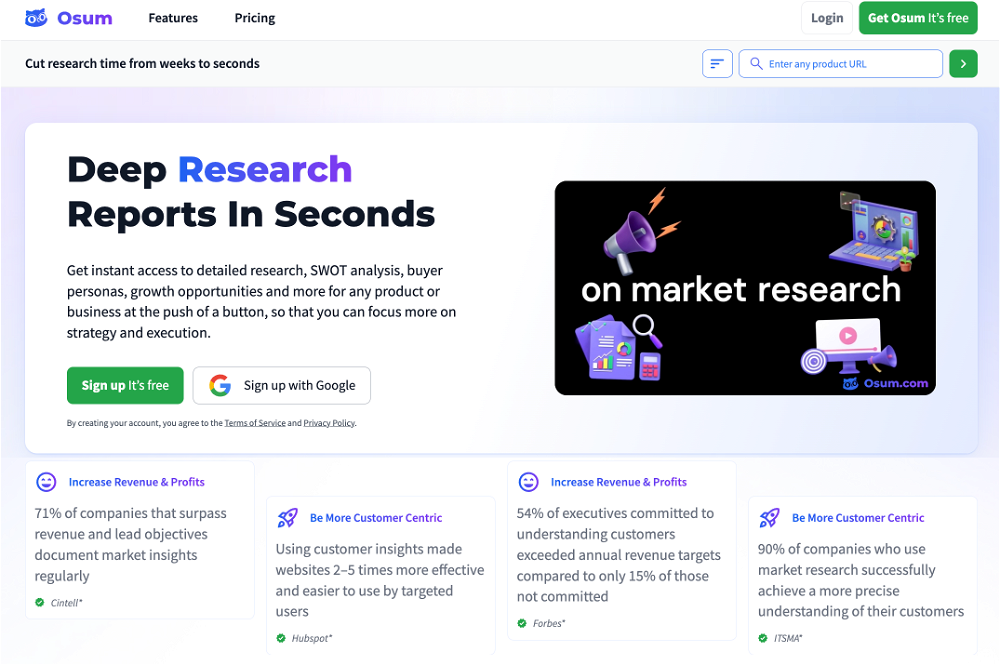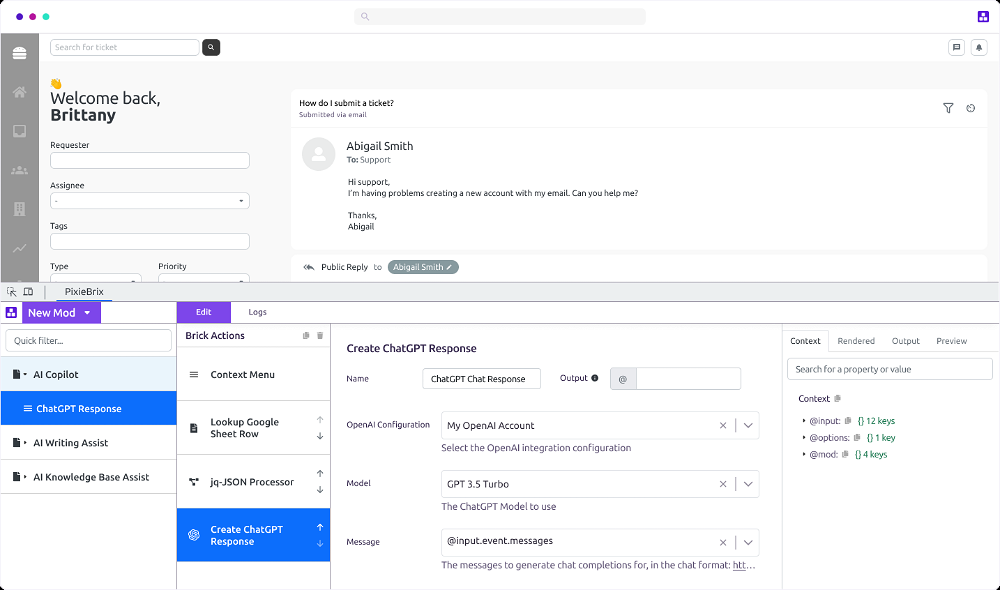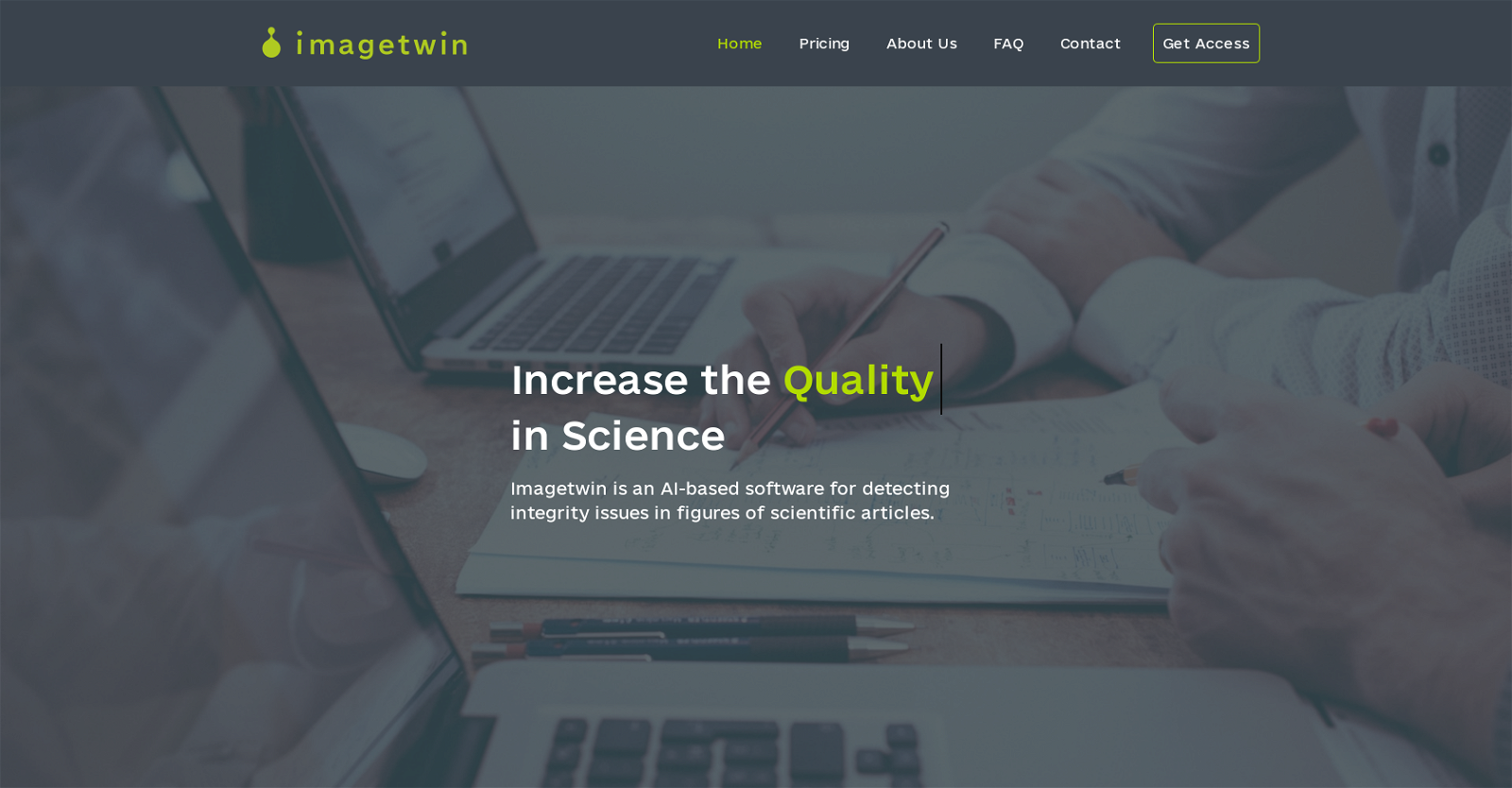ImageTwin
ImageTwin is an AI-based software particularly developed to detect image integrity issues in figures included in life science articles. The purpose of this software is to enhance the quality and trust in scientific research by scanning figures for potential inappropriate manipulations, duplications in multiple figure types including western blots, microscopy images, and light photography.
The software has capabilities like plagiarism detection, where it checks if figures have been reused across articles by comparing against their database.
Furthermore, it helps in detecting duplication and data fabrication within articles. Its efficient and accurate processing delivers results within a short span of time.
Adding to the advantages, it supports multiple formats such as PDFs or image files like JPG, PNG, GIF, and others. The selected content is scanned in a single click and the results are presented quickly through their web interface.
Renowned for its easy-to-use interface, it functions as a beneficial tool in the peer-review process where it enables automatic detection of different integrity issues that may then be verified by a reviewer.
Would you recommend ImageTwin?
Help other people by letting them know if this AI was useful.
Feature requests



Pros and Cons
Pros
Cons
Q&A
If you liked ImageTwin
People also searched
Help
To prevent spam, some actions require being signed in. It's free and takes a few seconds.
Sign in with Google



